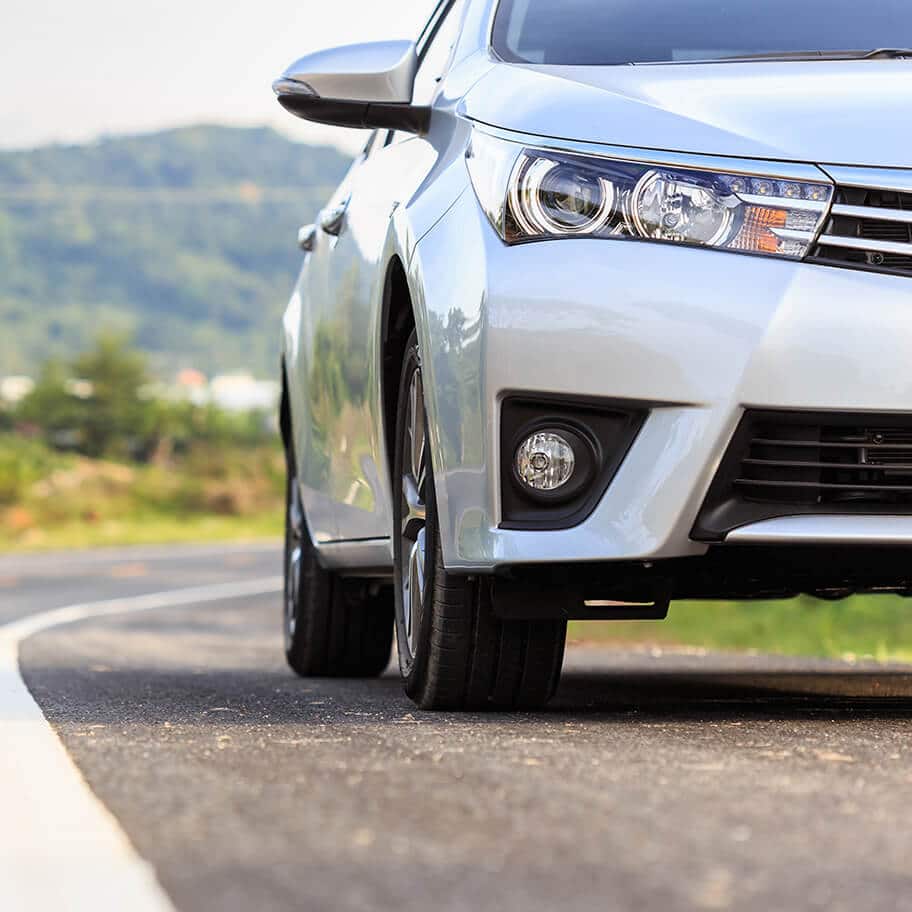Who is Liable?
Road accident claims are made through the Injuries Board, for those who have suffered a head-on collision and are pursuing a claim, submitting the claim to the Injuries Board will be an important first step.
In some cases, it can be difficult to prove liability in an accident especially when you were involved in the accident as you may not remember the event leading up to it. In cases where a driver hit a stationary object then it may be easy to prove who was at fault but when two vehicles collide with each other may be difficult to prove who was actually liable for the accident. If the other driver was at fault you must be able to prove that they did not follow the rules of the road which led to the cause of the accident. There are certain things that should be taken into consideration when you are trying to prove who was at fault.
- Were there any witnesses present at the time?
- Was there a clear cause of the accident?
- Did either driver make any obvious mistakes or rule breakages?
- What comments were made by those involved immediately after the incident?
These questions can help you to begin the process of proving liability when you go about making your claim. It may also be helpful to obtain information from the Gardaí who took statements after the collision to see if anything was said to them by other people who were involved.
Common Injuries
- Cuts and Lacerations
- Internal Injuries
- Broken Bones and Fractures
- Head injuries
- Whiplash
- Back and Spinal Injuries
- Soft Tissue Damage
- Nerve Injury
- Facial injuries and Damage
- Injuries to Legs and Feet
- Amputations and Dislocations
- Traumatic Brain Injury (TBI) – This is a very serious injury that is sustained when the brain is suddenly traumatised due to impact from a collision. This injury can have a big impact on a person’s cognitive ability and can cause serious long-term problems.
- Concussion – This is a mild traumatic brain injury which is generally associated with a head injury. Concussion may not heal for a long period of time and can cause long-term problems for those injured.
Causes
Driver Fatigue
Driver fatigue is a common cause of car accidents, particularly for those driving longer distances or those driving at night. Fatigue can lead to poor reaction times and reflexes while driving and in extreme cases lead to a driver falling asleep at the wheel and causing an accident.
Using a Mobile Phone While Driving
Since 2014 it is illegal to use your mobile phone while driving this includes reading or sending a text message – the only expectation being that a person can use their phone while driving if they are calling 999 or 112 in an emergency situation.
Further to this, it is also illegal to hold or support a mobile phone in your hand or with any other part of your body (for example between your head and shoulder) while driving.
Using hands-free while driving is not illegal but can distract the driver from the road which puts other road users at risk.
Using a mobile phone can cause people to:
- Drive outside of their lane
- Cause tailgating – reduce the distance between cars
- Affect the speed they drive at
- Become distracted from the road and their surroundings
- Faulty traffic lights
At areas where traffic lights are out of order, drivers use their own judgement as to when it is safe to proceed. At times a person may proceed at the wrong time causing an accident at the lights. Other oncoming cars may not notice this until it is too late, causing multiple accidents.
Failing to Stop at a Red Light
According to the AA’s latest Motor Insurance Poll, 7.6% of drivers in Ireland break red lights at least occasionally. From the motorists polled, 2.2% admitted to putting their foot down when approaching an amber light to make it through before it turns red.
These are common occurrences, but it is not up to other drivers to anticipate these actions. There is a common expectation amongst road users that the rules of the road will be followed. When a person breaks a red light, other road users are put at risk of an accident.
Driving Under the Influence of Alcohol or Drugs
In most recent stats published by the Health Research Board, Ireland is among the highest alcohol consuming countries in the EU. According to RSA’s most recent report, 38% of all fatalities and other road collisions involved drivers who had consumed alcohol.
Alcohol and drugs impair a person’s driving ability and increase the risk of a collision. People who drive at the legal limit are 6 times more likely to be involved in a collision.
Poor Road Conditions
Poor or inadequate lighting, faded or non-existent road markings, debris on the road, potholes and broken guardrails can cause accidents and lead to a driver veering off their own lane into oncoming traffic causing head-on collisions.
Failing to Obey the Rules of the Road
There is a universal expectation that all road users will obey the rules of the road, however, there are times when people will ignore these rules and accidents can occur.
Confusion
Confusion on the road can lead to accidents, for example, if a person on holidays in Ireland is not used to the rules of the road or driving on the left side of the road, they may become disorientated and cause a collision.
What to do after a road traffic accident?
Following a road traffic accident, whether as a driver, passenger, pedestrian or cyclist, there are a number of steps you should follow:
-
Seek medical attention
Your health is your wealth and should be your first priority. Immediately after a road traffic accident, take a second to assess yourself to determine if you have any injuries. Then check if any passengers or anybody else involved in the accident need medical attention. If you or anyone else involved has sustained a serious injury ensure that you contact an ambulance to attend the scene.
For minor injuries, you must remember that minor injuries where you ‘feel fine’ could progress to a more serious injury in the future. In this case it is always better to be safe than sorry and advisable that you go to your nearest accident and emergency (A&E) or local GP to be checked out.
-
Gather all relevant information at the scene
It is important that you gather all the relevant information in connection with your accident:
- Details of another driver(s)/people involved: name, address, contact information, vehicle registration number and vehicle insurance information. You can also offer your own information to the others involved in the accident.
- Name and contact details of any emergency service workers at the scene – paramedic/Gardaí.
- Take a picture of the scene and damage to all vehicles involved from different angles; this will help your solicitor understand how the accident happened.
- If there are any CCTV recordings of the accident, such as CCTV cameras in a nearby shop, for example, you should try to obtain this footage.
- Dash Cam footage – if you have any.
- Record the time and date of the accident.
- Weather conditions at the time.
- Receipt for repairs of damage to your vehicle.
- If possible, try to collect the contact details of anybody that witnessed the accident. This may be of use if you do decide to pursue a road traffic accident claim.
-
Report the incident to the Gardaí
Regardless of how minor or serious the road traffic accident was, it is important that you call the Gardaí to report the accident immediately.
For minor accidents, the Gardaí may tell you that they will not be attending the scene. In this scenario, the appropriate information should be exchanged. In these cases, it is also important that you visit your nearest Garda station to request that they take details of the accident and to take your statement about the accident.
For more serious road traffic accidents, where an ambulance has been called, the Gardaí may arrive at the scene to assess, take statements from the people involved and any witnesses.
-
Contact your insurance company
If you are the driver of the vehicle involved in a road traffic accident it is important to inform your own insurance company so they have a record of the accident.
-
Speak to a road traffic accident solicitor
If you are considering moving forward with a road traffic accident claim for any personal injuries sustained it is advisable that you speak with a road traffic accident claims solicitor as soon as possible. If you are proceeding with a claim, the first step will be submitting your claim to the Injuries Board for assessment. A road traffic accident solicitor can help you in preparing your application to the Injuries Board and ensure that you follow the process in the correct format, meaning that you can move forward with your claim quickly without unnecessary delays.
It is important to remember to keep copies of any expenses that you have incurred as a result of the accident. It is also imperative to retain copies of medical reports or Garda reports, where possible as you will need them when making a claim.

